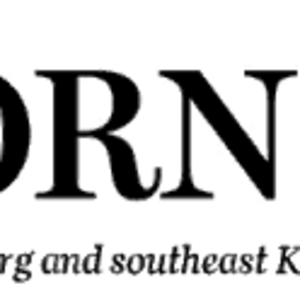There’s a single, subtle change in the Federal Reserve’s latest comments on inflation. In May, the Federal Open Market Committee said there had been a “lack of further progress” toward its 2% inflation target. On Wednesday, June 12, hours after the latest inflation report became public, the committee changed the phrase to note “modest further progress.”
On Wednesday morning, May’s consumer prices came in cooler than expected. Prices were unchanged for the month and up 3.3% for the year, a tick down from April’s 3.4%. Core inflation, which excludes food and energy, was up 0.2% on the month and 3.4% on the year.
“The economy is in kind of a steady state right now with inflation running 3%, it has been for really close to a year,” former Kansas City Fed President Thomas Hoenig said. “So they really do have to stick to the higher-for-longer scenario in their alternatives and that’s what they’re doing.
“But they don’t want to give the impression that they’re ready to raise or that they are not going to eventually cut so that’s why they put the glimmer of hope in there by looking at the very small improvement so that you don’t spook the market,” he continued.
In the Fed’s latest economic projections, the committee forecasts just one rate cut in 2024, down from three projected cuts in March.
“This is my opinion only, but I think what they’re hoping is that they’re just modestly enough tight that the inflation numbers will come down over time without creating a recession, and they haven’t given up on,” Hoenig said.
While the consumer price index (CPI) gets the majority of attention because it’s the first inflation indicator to be released, the Fed relies on the personal consumption expenditures (PCE) price index for its 2% target.
What’s the difference between CPI and PCE and why does the Fed prefer the latter? Click here to learn more.
Based on the Fed’s projections, it expects core inflation, as measured by PCE, to remain unchanged in 2024 at 2.8%.
“Higher than they want, but they’re also projecting it’s not going to increase and they think it’ll tick down slightly over the course of the year and into next year,” Hoenig said. “And they’ll be satisfied with that. They’re willing to accept that as a trade-off for risking a recession.”





















































